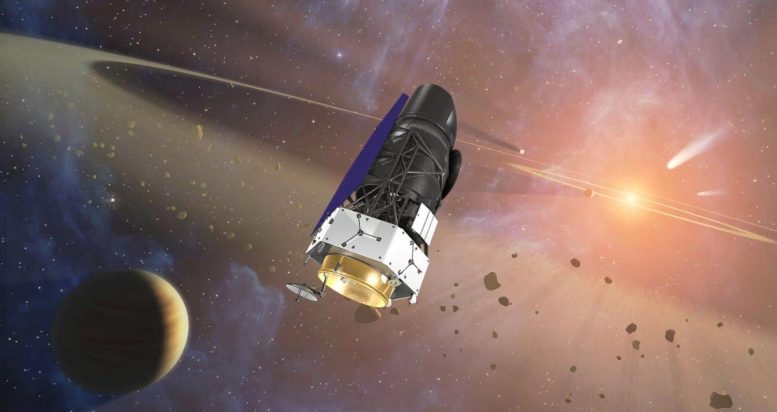
Formerly known as WFIRST, the Wide Field Infrared Survey Telescope, the Nancy Grace Roman Space Telescope is a NASA observatory designed to perform wide-field imaging and surveys of the near-infrared (NIR) sky. Credit: NASA
NASA has awarded a contract extension, raising the total value to $200.84M, to the Association of Universities for Research in Astronomy Space Telescope Science Institute for support services for the Nancy Grace Roman Space Telescope Science Operations. The contract includes development, testing, commissioning, data processing, calibration, and archiving of scientific data, enabling global access for further analysis. The telescope will explore dark energy and dark matter, exoplanets, and infrared astrophysics.
NASA has awarded a contract extension to the Association of Universities for Research in Astronomy Space Telescope Science Institute in Baltimore for the support services required for the agency’s Nancy Grace Roman Space Telescope Science Operations. The new infrared observatory will help solve cosmic mysteries on the biggest scales.
The support will include the development, integration and testing, launch and commissioning, and entry into the primary mission operations phases for the Nancy Grace Roman Space Telescope Science Operations Center.
This is a cost-plus-fixed-fee extension and will increase the contract value by an additional $166,248,618 for a total contract value of $200,840,220. The period of performance is extended through September 30, 2027.
The contractor will continue to perform efficient science observation planning and scheduling, low-level and high-level wide field instrument data processing, science data calibration, and mission science data archiving of the multi-petabyte astrophysics science data set to enable the worldwide scientific community to access and further analyze the data to achieve the Roman science mission goals.
In addition, AURA/STScI shall be specifically responsible for the wide field instrument’s direct imaging science data pipeline processing (except for high-level Microlensing Survey processing), low-level grism and prism processing, calibration, and execution of Science Operations Center requirements through the launch, commissioning, and first year of primary operations. Support includes science community engagement and public outreach support services to the project-led outreach program.
Roman is the agency’s next flagship space telescope, designed to settle essential questions in the areas of dark energy and dark matter, search for exoplanets, and explore many topics in infrared astrophysics.
The association and institute are part of the team led by NASA’s Goddard Space Flight Center in Greenbelt, Maryland, which manages the Roman telescope mission for the agency.


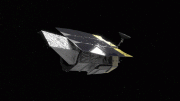
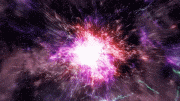
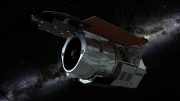
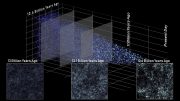
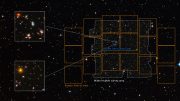
Be the first to comment on "NASA Extends Roman Space Telescope Science Operations – Exploration of Dark Energy, Dark Matter and Exoplanets"